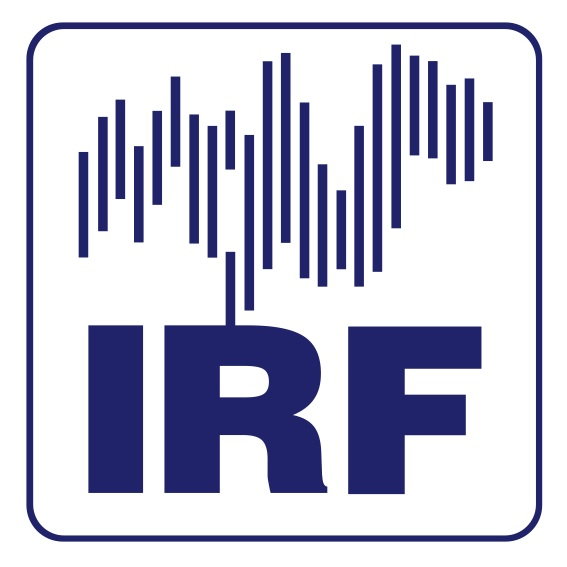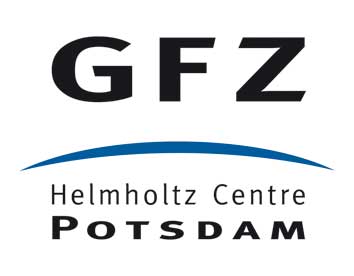
PRediction Of Geospace Radiation Environment and Solar wind parameterS
Caution: PROGRESS test web site
Results
PROGRESS
The smooth functioning of the European economy and the welfare of its citizens depends upon an ever-growing set of services and facilities that are reliant on space and ground based infrastructure. Examples include communications (radio, TV, mobile phones), navigation of aircraft and private transport via GPS, and service industries (e.g. banking). These services, however, can be adversely affected by the space weather hazards. The forecasting of space weather hazards, driven by the dynamical processes originating on the sun, is critical to the mitigation of their negative effects.
The overall aim of the project PROGRESS is to exploit the available spacecraft and ground based data combined with state of art data assimilation methodologies in order to develop an accurate and reliable forecast of space weather hazards.
In particular, PROGRESS will:
- Develop a European numerical MHD based model that will enable the advanced forecast of solar wind parameters at L1 (WP2). This will give a direct simulation connection between observed photospheric drivers and solar wind parameters at L1.
- Use state of the art system science methodologies to develop new forecasting tools for geomagnetic indices and to assess the prediction efficiency of these new tools alongside those currently available to identify the most reliable techniques to predict the geomagnetic state of the magnetosphere, as expressed by geomagnetic indices, in relation to the solar wind input conditions (WP3).
- Construct a new set of statistical wave models to describe the plasma wave environment of the inner magnetosphere that will accurately reflect the physics of the dynamics of the radiation belts under the influence of the solar wind. These novel wave models will lead to more realistic tensors of diffusion coefficients that are critical for physics based models of the radiation belts (WP4).
- Incorporate forecasting capabilities into the physics based numerical model for low energy electrons IMPTAM that currently is able to provide a now-cast only (WP3, 5).
- Develop a novel, reliable, and accurate forecast of the radiation environment in the region of radiation belts exploiting the fusion between data based models for high energy fluxes at geostationary orbit SNB3GEO, IMPTAM, the most advanced model for high energy electrons in the radiation belts – VERB, and state of the art data assimilation methodology (WP6).
- To combine the prediction tools for geomagnetic indices and radiation environment within the magnetosphere with the forecast of solar wind parameters at L1 and upstream of the magnetosphere to significantly increase the advance time of the forecast (WP7).








